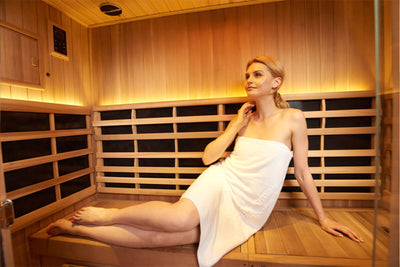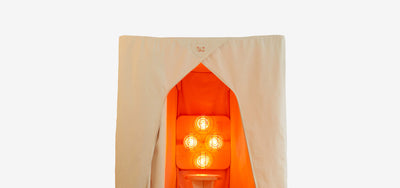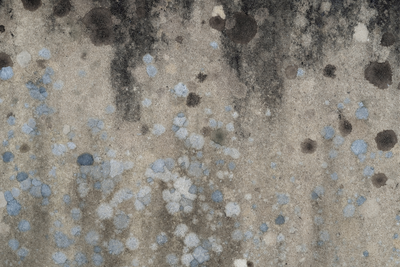How to Choose the Right Air Purifier for Your Space

Get cleaner air flowing through your home
We’ve already identified the various pollutants, toxins and allergens which contaminate the air inside our homes and workplaces - and explored the serious health complications they can cause and exacerbate.
But with such a wide range of air purifiers on the market – each boasting benefits and claiming the latest pollution-tackling technology - it can be difficult to decide which is most effective, and which model best meets your individual needs.
Below, we explain how the different types of air purifier work, the positive impact they can have on your wellbeing - and why no space should be without one.
Who needs an air purifier?
- People who spend a significant amount of time indoors, such as those who work from home or have a disability.
- People who suffer with allergies or a respiratory illness, including asthma and rhinitis.
- People living or working in a building with damp issues or mould.
- People living in cities or near busy roads, who might be concerned about traffic pollution entering through open windows.
- Anyone who lives in a house constructed using synthetic materials, which can give off toxic chemicals known as Volatile Organic Compounds, or VOCs for short. We usually only think of newer houses as being built from man-made materials. However, older houses that have added insulation, carpets, flat-pack furniture, or which have undergone multiple renovation projects over the years, will very likely also have VOCs present.
What can purifiers remove from household air?
- Viruses
- Mould spores
- Bacteria
- Pollution particles
- Dust and dust mites
- Pet hair/dander
- VOCs
- Pollen
- Smoke and tobacco
- Odours
- Particulate matter (including ultra-fine particles)
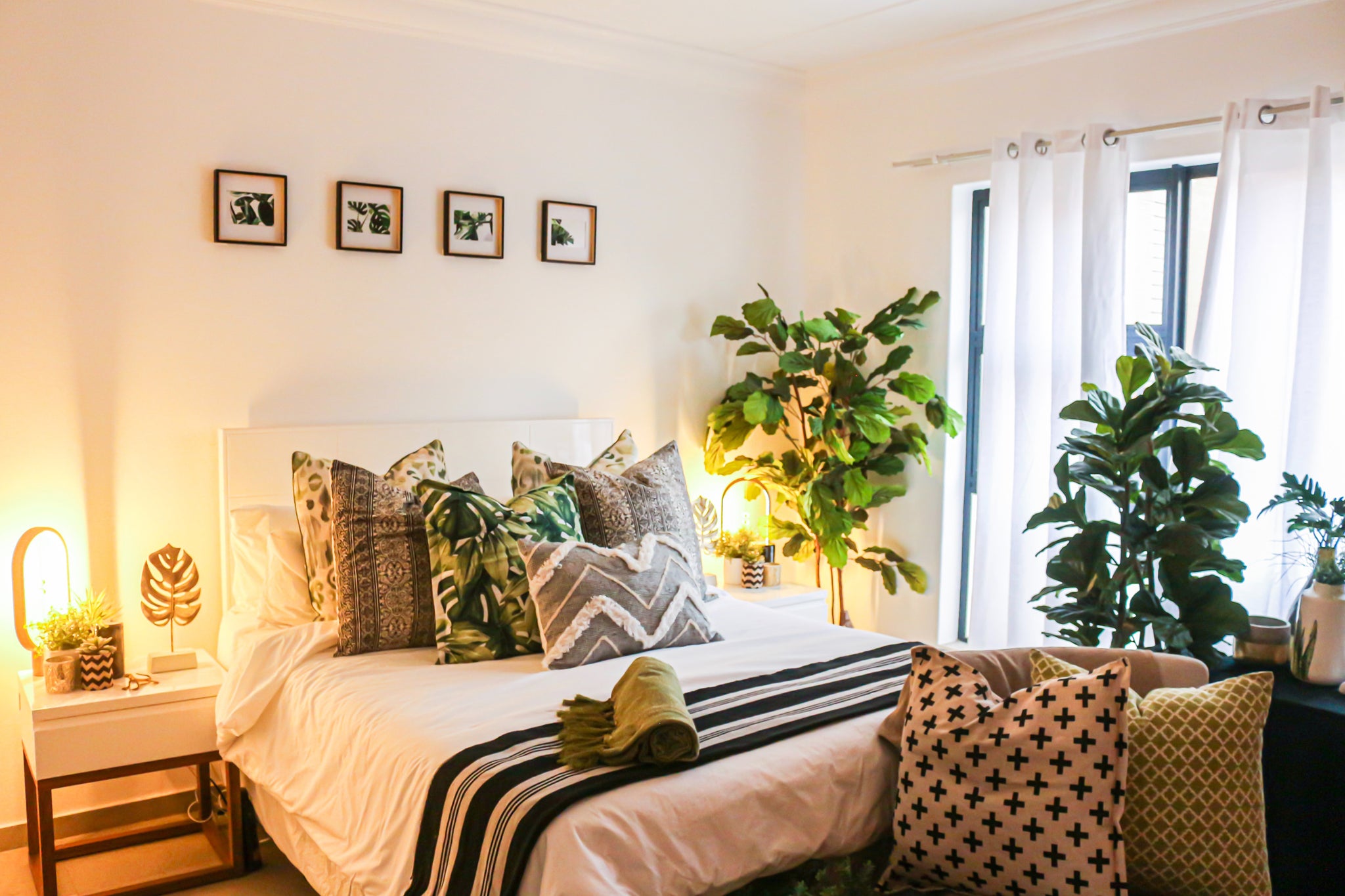
What are the features to look out for in an air purifier?
Particulate Matter Efficiency (ePM)
A good air purifier will combine maximum allergen removal and speed, to increase the overall ACH (Air Changes per Hour) and CADR (Clean Air Delivery Rate).
Shape
From oscillating towers to compact desk models, there are a huge range to choose from. Generally, bigger models will be more effective at drawing in conditioning air quickly, however these can use a lot of energy. Smaller models may lack the sophisticated design features of larger ones, reflected in a lower price.
Sensors
Some have sensors so that they can switch on according to pollution levels in the air or with a set timer. Others have a night mode which ideally should have a quieter, lower speed setting. Smart air filters can be controlled from your mobile or voice-control apps, however the introduction of smart tech means unnecessarily increasing your exposure to harmful electromagnetic frequencies (EMFs).
What different filter types are available?
Carbon Filters
These are effective at removing gasses and odours, including smoke, VOCs and oil and water vapour to which odours are attached. In contrast to HEPA filters which remove fine solid particles (including mould, dust and pollen), carbon filters work on liquid and gas contaminants. Carbon filters use adsorption, where molecules stick to the outside of the carbon instead of being absorbed into it. This means that once the surface is saturated, it may actually start to give off the very chemicals we are trying to remove, and it can be difficult to know when the filter needs to be replaced.
HEPA (High-Efficiency Particulate Air) Filter
These have a filter that can trap microscopic solid particles including mould spores, dust and dust mites, pet dander and pollen. This process works via a complex web of fibres with several sizes of ‘sieve’ (3). One benefit of this is that as the filter becomes more saturated with contaminants, the airflow pressure decreases, meaning further contaminants are more likely to get stuck in the ‘web’. So, HEPA filters actually become more effective over time until they reach complete saturation.
The Institute of Environmental Sciences and Technology states that a true HEPA filter must remove 99.97% of particulates less than 0.3 micron in size (1 micron = 1/25,000th of an inch), but some go even further with this, right down to 0.1 microns. These are segregated and regulated by ISO 16890-1:2016 (2), to determine the efficacy of air filters for general ventilation use.
Electrostatic Filter
An electrically-charged membrane attracts small particles and traps them, just as your hair would get stuck to a balloon if it was rubbed against your head. The fluffy membrane in an electrostatic filter can be removed and washed frequently, so these make an economical and low-waste option. However, static electricity is the only thing that stops particles passing right through the membrane or just falling off, which can happen when the surface becomes saturated.
Air Sterilisers
Whereas purifiers collect allergens, sterilisers destroy them - including mould, bacteria and viruses. Although air sterilisers are quieter than purifiers, the disadvantage of these is that physical particulate matter, like dust, pollen and even mould spores (which can still cause health problems even after they’ve been killed) often remain in the air.
UV Light
UV light filters are effective at killing viruses, bacteria and other microorganisms to prevent the spread of diseases around the home.
Probiotic Purifiers
Probiotic air filters, like these products in our Conscious Spaces online shop, are proven to use beneficial microbes (AKA probiotics) to consume mould spores as well as bacteria, pollen, bad odours, dust mite faeces and many other allergens by rebalancing the indoor ecology – and they’re 100% chemical free, too, allowing you to purify the air, objects and surfaces in your home entirely naturally.
Hybrid Filters
Hybrids tend to be the most effective of all air purifiers, combining a carbon filter for removal of odours, oil and water vapour, with the removal of small particulate matter using a HEPA filter, and static materials to attract fibres and dust. Conscious Spaces recommend and stock a range of hybrid filters, due to their enhanced performance and impeccable reliability – and the fact that they provide an easy, all-in-one solution to air quality issues in such a wide range of settings - from homes to schools and hospitals to hotels. Our Radic8 range tackles viruses (with a 99.99999% virus kill rate) in a single air pass, bacteria, mould, fungi, VOCs, toxic gas, nitrogen dioxide and particulate matter (including ultra-fine particles).
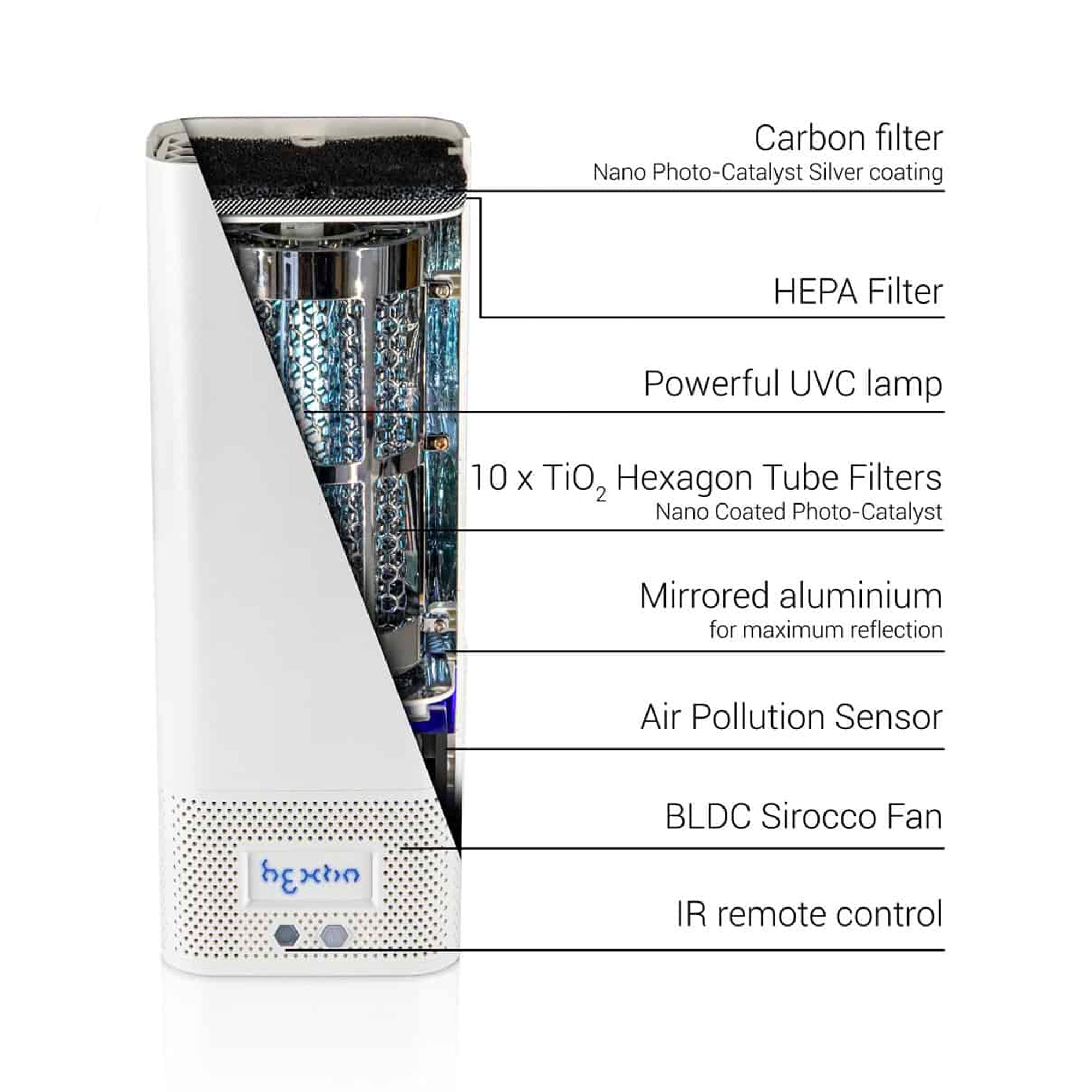
The inner workings of the HEXTIO Air Filter. Find it in the Conscious Spaces shop.
What else can I do to ensure a cleaner air supply in my home?
- Ensure you’re cleaning your entire air purifier regularly to remove dust build up, and clean or replace filters frequently to improve efficiency.
- Opening windows is the simplest way to remove stale air and allergens, however in the winter this can make it difficult to balance heat retention and fresh air supply. For hayfever sufferers, opening the window in the summer months may be a complete no-go, and equally people living in urban areas who don’t want to let outdoor pollution and noise in. If you are able to open your windows, cross-ventilation (opening windows at opposite ends of the house or at very least right angles) will allow the most effective air exchange and quick allergen removal.
- Purchase an air quality monitor (contact us for help selecting the right monitor for your home).
- If VOCs, mould and breathability are a reoccurring problem, enlist the help of a Building Biologist, or book a phone consultation with Conscious Spaces, for expert advice. Instead of simply removing contaminants from the air, building biologists aim to reduce the sources of them in the first place, with extensive knowledge and expertise on healthy and hypoallergenic materials.
Have a browse of Conscious Spaces curated selection of the finest non-toxic air and surface purification and filtration products.
References
(1) https://www.which.co.uk/reviews/air-purifiers/article/how-to-buy-the-best-air-purifier
(2) https://www.iso.org/standard/57864.html
(3) https://monmouthscientific.co.uk/what-is-a-hepa-filter/






